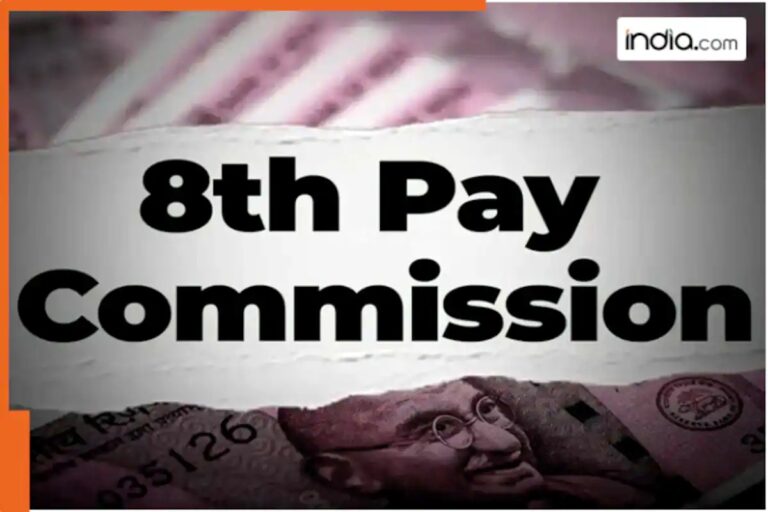
Evolution of Salary Structures in Central Government Employees
The 8th Pay Commission’s proposed reforms are reshaping the financial landscape for over 50 lakh central government employees and 65 lakh pensioners. This complex overhaul traces its roots to three decades of structural changes in salary calculation systems. Before the 6th Pay Commission in 2006, India’s pay scales were fragmented, with roles like undersecretary and section officer having no standardized salary structure. The introduction of Grade Pay and Pay Bands marked a pivotal shift, creating a more systematic approach to remuneration. However, the transition from Pay Bands to the Pay Matrix under the 7th CPC introduced new challenges, prompting ongoing debates about the fitment factor’s role in salary adjustments. These reforms have evolved through successive commissions, each addressing inflationary pressures and administrative inefficiencies in the public sector.
Key Milestones in Salary Reforms
The 5th Pay Commission (1997) initiated the first formal fitment factor at 1.38x, but its application was limited to merged Dearness Allowance (DA) adjustments. The 6th CPC (2006) standardized the fitment factor at 1.86x, creating a uniform multiplier for basic pay and DA. This approach significantly increased salaries for many employees, with examples showing salary revisions from Rs 50,000 to Rs 93,000. The 7th CPC (2016) further refined this system by abolishing Pay Bands and introducing a 24-level Pay Matrix, where each level represented a unique salary range. This system allowed for vertical promotions and horizontal increments, though it faced criticism for creating anomalies in seniority-based salary structures. The proposed 8th CPC aims to address these issues while adapting to current economic conditions.
Fitment Factor Controversies and Current Debates
The fitment factor has been a central point of contention across all Pay Commissions. While the 7th CPC’s 2.57x factor aimed to offset inflation since 2006, employees demanded a higher multiplier. The 8th CPC is expected to propose a fitment factor between 2.5x and 2.8x, potentially increasing salaries for many employees. However, the implementation timeline remains uncertain, with officials suggesting the process could extend beyond the initially projected 2026 deadline. Key questions persist about special provisions for defense personnel, the inclusion of allowances in basic pay, and the financial feasibility for state governments to match central revisions. These debates highlight the intricate balance between administrative efficiency, employee welfare, and fiscal responsibility in public sector reforms.
Structural Innovations and Implementation Challenges
The transition from Pay Bands to the Pay Matrix represented a significant structural innovation in salary administration. By eliminating overlapping bands, the 7th CPC created a more transparent system where salary progression was based on predefined levels rather than arbitrary pay scales. This system allowed for clearer career progression and more predictable salary increases. However, the complexity of the Pay Matrix has raised concerns about its practical implementation, particularly for roles with unique responsibilities. The 8th CPC’s proposed reforms must navigate these complexities while addressing current economic realities. The delayed implementation timeline underscores the challenges of balancing comprehensive reforms with administrative capacity, as seen in the previous 7th CPC’s two-year pre-implementation period. These challenges highlight the need for careful planning and stakeholder engagement in the reform process.
Future Implications for Public Sector Workers
The 8th Pay Commission’s reforms will have far-reaching implications for public sector workers, shaping salary structures for decades to come. The proposed fitment factors and allowance adjustments aim to address long-standing issues of inflationary erosion and administrative inefficiencies. However, the success of these reforms will depend on their ability to balance the needs of employees, the government’s fiscal constraints, and the complexities of the current economic landscape. As the commission works through its recommendations, the focus will remain on creating a sustainable salary structure that supports both employee welfare and public service delivery. The final implementation timeline and specific provisions will likely determine the extent to which these reforms achieve their intended goals, setting a new benchmark for public sector compensation in India.




